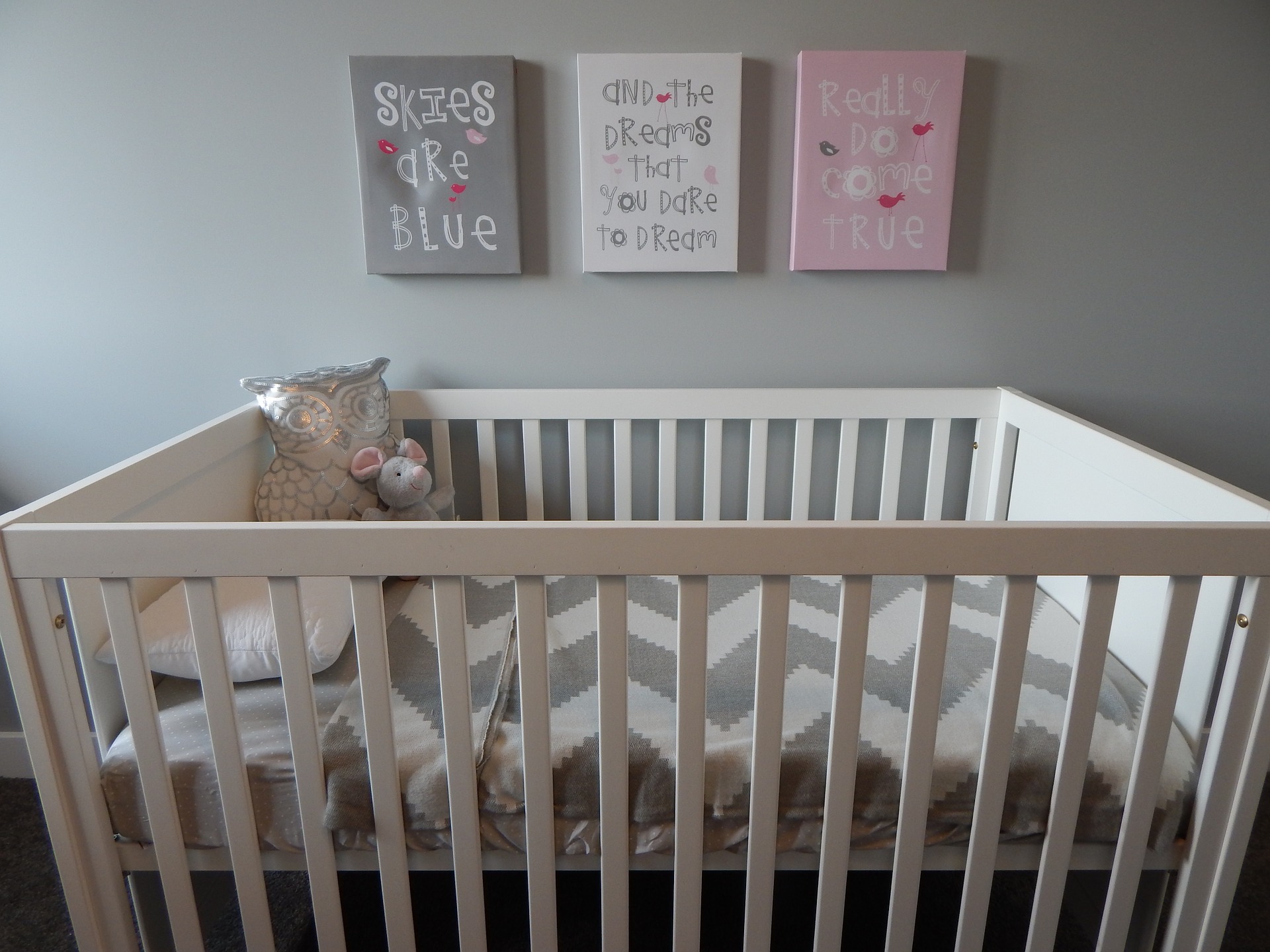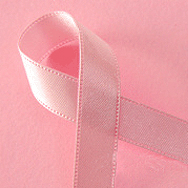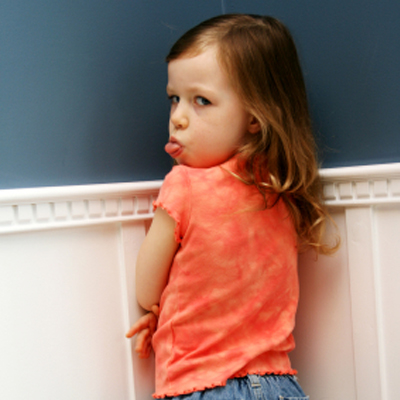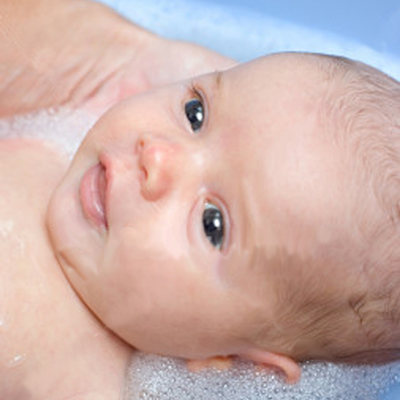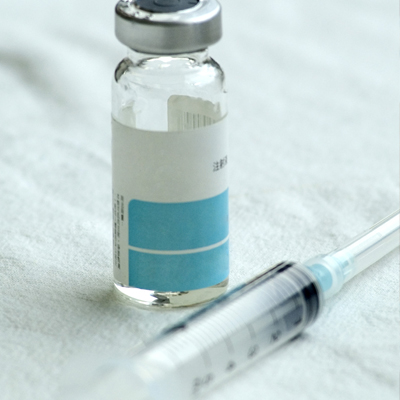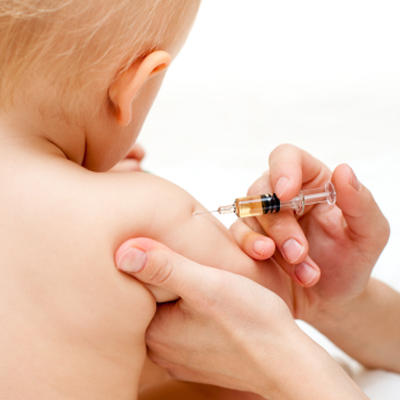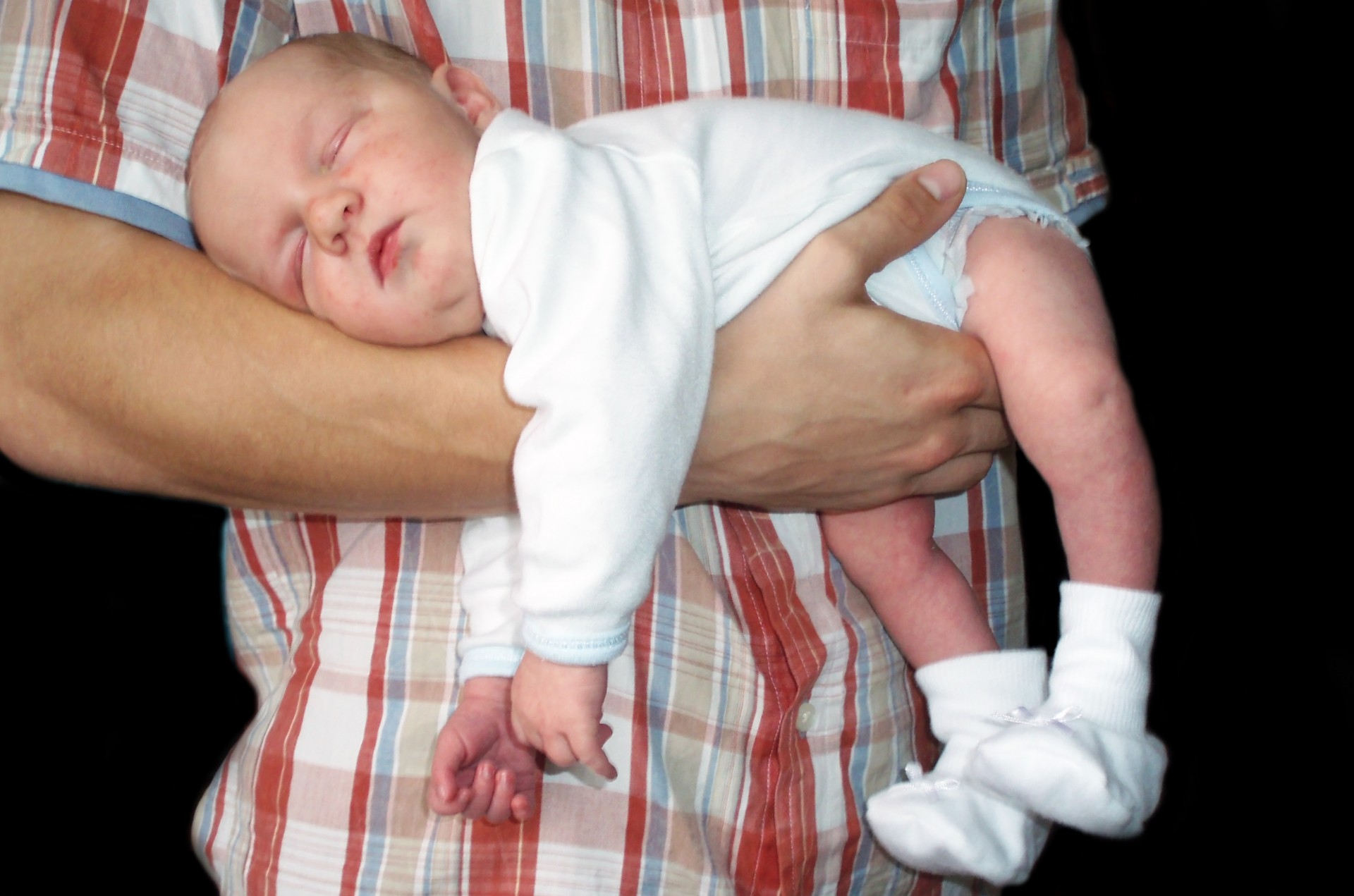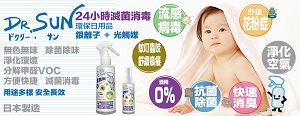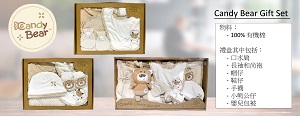The Safe Nursery
Many hazards aren't obvious. Read on to make sure you don't miss a thing. Designing your dream nursery isn't just about choosing a cute theme and poring over paint colors. While it's easy to get caught up in all that fun stuff, you need to spend just as much time making sure it's a safe space for your baby. Home accidents send nearly 2 million children under the age of 4 to the emergency room every year, according to Safe Kids Worldwide. So before your new baby moves in, use these tips to inspect the big potential trouble spots in your nursery.
Make sure yours meets current government safety standards. The slats shouldn't be more than 2-3/8 inches apart (about the width of a soda can) so your baby can't get her head stuck in them. (Cribs with cutout designs on the end panels pose a similar threat.) Check out the corner posts too -- they shouldn't have any decorative knobs or other elements on top, which could snag your baby's clothing and lead to strangulation or other serious injuries. Check (and regularly recheck) the screws, bolts, and mattress supports to make sure they're not loose or broken.
Arrange the nursery so that the crib, playpen, and other low-standing pieces of furniture are away from the windows. If they're too close, your baby could reach the window cords -- a major strangulation hazard. He could also climb up to the window and fall through the screen, says Martin Eichelberger, MD, Parents advisor and founder of Safe Kids Worldwide. Install window guards, and buy cordless window coverings if possible (both shown here); otherwise, visit windowcoverings.org to order free repair kits.
The Home Safety Council recommends storing toys in bins or boxes without lids. If your toy chest does have a lid, it should also have a spring-loaded mechanical arm that prevents the lid from falling on your baby's hand or trapping him if he manages to climb inside. Don't have one? Retrofit your toy box with a kit from the hardware store.
Always put plug protectors in unused electrical outlets. Look for the type that covers the entire outlet plate, since a determined toddler can wiggle individual protectors out of the sockets. (Some models require that adults use two hands to get to the socket, so it's especially hard for kids to remove them.) Keep electrical cords out of your little one's reach by tucking them behind furniture or investing in cord shorteners.
Buy a gate that screws into the wall or doorjamb (pressure-mounted gates may not stand up to a determined toddler). Never use accordion-style gates with V-shaped or diamond-shaped openings -- kids could be strangled by them, according to the U.S. Consumer Product Safety Commission (CPSC).
There should only be two things in your baby's crib: a firm, tight-fitting mattress and a crib sheet. "It's tempting to make it look cute and cozy with lots of blankets, stuffed animals, and pillows, but they're all suffocation hazards for kids under 1 year old," says Meri-K Appy, president of the Home Safety Council. It's wise to avoid crib bumpers as well -- a recent research review in the Journal of Pediatrics found that the suffocation risk of bumper pads outweighed their benefits.
Store baby powder, lotion, alcohol-based hand gel, and other supplies in a drawer or on a shelf beyond your baby's reach. They're more dangerous than you might think -- ingesting cosmetics and personal-care products is the most common form of poisoning in kids under age 6, according to the American Association of Poison Control Centers. Another surprising hazard? Assuming that the table's safety strap is fail-safe. "Kids can wiggle out of it and fall when you're not looking," says Nychelle Fleming, public-affairs specialist at the CPSC. Keep one hand on your baby at all times.
Stick to lightweight artwork -- mirrors or heavy picture frames could seriously injure your baby if they fell. Avoid decorations with long strings, ribbons, or anything else that could pose a strangulation hazard. That includes mobiles: Take yours down before your baby can pull herself up (usually around 5 months) and possibly get tangled up in the strings. Healthy-Decorating Tips Do be picky when it comes to these potentially hazardous elements. l Paint: Choose water-based paint, ideally one that contains low levels of volatile organic compounds (VOCs) or none at all. Always paint in a well-ventilated room and air it out for two to three days after you're done to allow any harmful vapors to diminish. l Furniture: Avoid pressed wood, particleboard, and plywood. They may contain formaldehyde, which can cause nose and throat irritation, breathing trouble, and other health problems. l Wallpaper: Choose a paper-based or natural-fiber variety; vinyl may give off VOCs and encourage mold growth. l Floors: Any new carpet will emit some VOCs; however, synthetic rugs often contain more of them than those made of natural fibers.
Use braces or anchors to secure tall or heavy pieces of furniture to the wall, no matter how stable they seem to be -- the results could be deadly if they topple over onto your baby. Putting anything heavy on top of a dresser (such as a TV) just adds to the danger. Install safety latches on low drawers so your child won't be able to open them and use them as "stairs" for climbing. Did You Forget These Safety Steps? l Installing a smoke and carbon-monoxide detector outside bedrooms and on each level of your home. Consider upgrading to an interconnected system that activates every smoke alarm in the house regardless of the fire's location. And you definitely need a carbon-monoxide detector. "Children are more susceptible to carbon-monoxide poisoning because the gas enters their bloodstream faster than it enters an adult's, cutting off oxygen to the brain and heart," says Meri-K Appy. Since carbon monoxide is odorless and colorless, it's difficult to know you have a leak without a detector. l Buying an escape ladder for second-floor or higher nurseries. Look for one you can install underneath the window so you're not searching for it in an emergency. Try to keep an infant carrier in the nursery at all times -- it'll make the climb down the ladder much easier. l Putting up a wall thermometer. Sleeping in an overheated room can put a baby at greater risk for sudden infant death syndrome. Keep the nursery at 68 to 72 degrees F. l Installing finger-pinch guards on doors. In kids ages 4 and younger, the majority of finger amputations happen because the child's fingers are caught in a door. Install the guards high enough so your child can't pop them out of place. Retrieved From: http://goo.gl/BTWvRK
|
|





